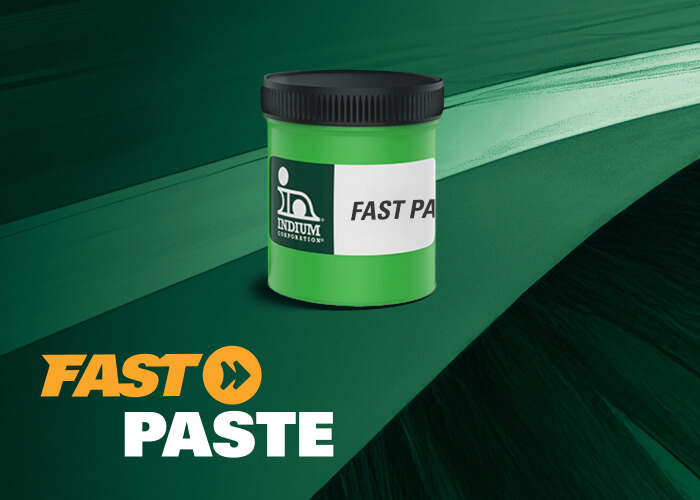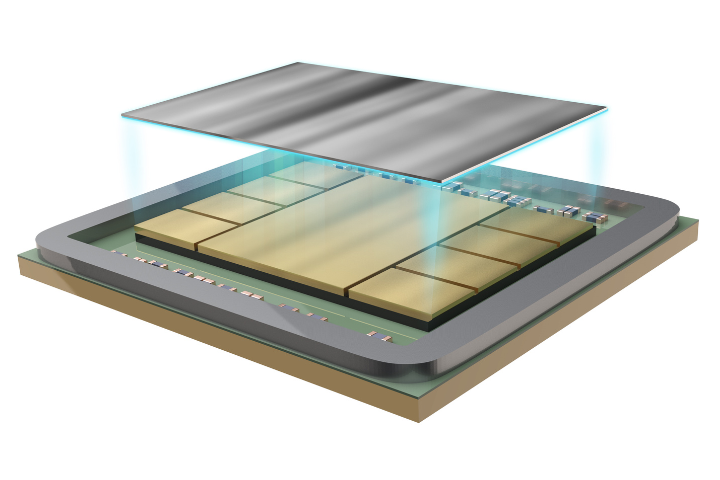Folks,
Rob heads to Guadalajara to solve the QFNvoiding problem……
As Rob sat on the airplane, he was excited to go to GDL (Guadalajara, Mexico) to help solve the voiding problem.He knew Patty would be a little peeved that he asked for Pete to come along, but she was gracious, recognizing that Rob would benefit from a success in this effort.
As the plane circled for a landing, Rob was preparing for the somewhat comical trip through customs. He always thought that the red light/green light method of determining if they were going to search you bags was unusual.Oh well, go with the flow.
The ride from the airport was about 40 kilometers to the factory through GDL’s bustling traffic. After arriving at the plantRob was relieved to see that Miguel Mendoza was there to meet him and Pete.Rob had worked with Miguel in the past and respected him as a process engineer.Miguel told them that a kick-off meeting was scheduled with the site GM, a fellow from the US named Grant Wilson.
As the meeting started, Rob introduced himself to Wilson in Spanish.
“Wow,” Wilson chuckled, “when asked if I am bilingual, trilingual or American, I have to say I am American.” “But, I am taking Spanish lessons,” he continued.
Rob looked at Miguel and saw him roll his eyes. But Rob thought it was at least a nice gesture that Wilson was taking Spanish lessons.
“Perhaps someone could share what actions have been taken and what the status is,” Rob suggested.
“Miguel, could you give Rob an overview of where we are” Wilson asked.
Miguel began, “The warranty send back rate is 5% on Druid phones.Almost all of these failures have been traced to high powered QFNs that have significant voiding under the thermal pad.The voiding percentage is about 50-70%.About a week ago we obtained Derrick Herron, Dr Yan Liu and Dr Ning-Cheng Lee’s recent paper, Voiding Control at QFN Assembly, at SMTAI2011. We changed our stencil design, as suggested in the paper, to allow for venting of the solder paste volatiles and voiding went down to 30 to 50%.”
“What level of voiding would be acceptable?” Rob asked.
“We’re not sure,” Miguel answered.
“So it seems we have two issues, one is to determine if 30 to 50% voiding is OK and the other is to see if we can reduce it further,” Grant Wilson reasonably commented.
“My sense is that we need to be in the less than 30% range,” Rob added. “This may require that we use solder preforms.Voiding is caused by outgassing but also by insufficient solder,” Rob finished.
“OK, you two go and solve the problem and get back to me.You have 3 days,” Wilson commanded.
Rob, Pete, and Miguel headed off to get started on their assignment.Rob was really glad Pete was there. He was an expert in setting up and optimizing the component placement machines that were at this site. Fortunately, Rob had also brought some solder preforms with him, expecting that they would be required.A call to the QFN vendor confirmed that less than 30% voiding should be the target.Rob looked at the data and x-ray images of the work that Miguel and his team did to reduce the voiding by improving the venting of the flux volatiles.He was impressed.But he didn’t think it would be enough.
(Dialogue translated from Spanish)
“Miguel, I’m almost certain that we will need to use solder preforms on the two most critical QFNs,” Rob began.“There are two major reasons for voiding, the first is flux volatiles forming voids, the second is solder starvation.Most people don’t realize that solder paste is only 50% by volume metal.In cases like this, where we really need low voiding, often the only path to success is to use solder preforms to add solder metal,” he finished.
Rob then showed Miguel Seth Homer’s SMTAI 2011 paper Minimizing Voiding in QFN Packages Using Solder Preforms.This paper describes the process steps needed to achieve a successful QFN solder preform process.Rob and Miguel spent the better part of a day setting up one assembly line to assemble with the solder preforms using this paper as a guide.They assembled 100 phones and the voiding level was 10.5%.
Early the next morning, they met with Grant Wilson.
“By the smiles on both of your faces, I gather you were successful?” Wilson asked.
Rob went on to explain how they determined that solder preforms were needed.He explained the process and waited for questions.
“What do solder preforms cost?” Grant asked.
“They are about $0.02 (US) in quantity, but understand that your warranty cost per $200 phone is at least $10 right now (0.05×200),” Rob answered.
“Did you have to slow the process done?” Wilson asked.“I have been a fan of the work that you and Patty Colemanhave done with The Professor, you have convinced me of the importance of throughput,” he finished.
“The Professor has pointed out that almost never is a line completely balanced.Your flexible placers were waiting four seconds for the chip shooters.We put the preforms on the flexible placer and tuned up both machines by optimizing the feeder placement. The cycle time is now 1.25 seconds faster for the 3 phone per PCB card,” Rob answered.
“I’m curious, what was the greatest challenge?” Grant asked.
“Rob pointed out that the correct placement of the preform on the solder paste deposit for the heat sink part of the QFN is critical.We needed to assure that the preform was pushed into the paste far enough to leave a ring of paste around the preform to assure good mating with the QFN. We couldn't have done this without Pete, he really knows the placement machines,” Miguel answered.

Miguel then showed Wilson an image from Seth Homer’s paper that displays this situation .
“Guys thanks for the great work.I have to admit that I didn’t really know anything about solder preforms, before today.In certain cases it is obvious that they can be lifesavers!” Grant summed up the situation.
“To celebrate your success, I’m treating for dinner tonight at the Santo Coyote, let’s meet there at 7PM,” Wilson suggested.
“Thanks,” Rob, Pete, and Miguel said in unison.
Santo Coyote was Rob’s favorite restaurant in Guadalajara, but it was Patty’s too.Rob was a little sad she couldn’t join them.
Epilogue: Three months later it was confirmed that warranty send back rate was approaching zero. Miguel was promoted to senior engineer for his part in the solution to this costly problem.
Cheers,
Dr. Ron



